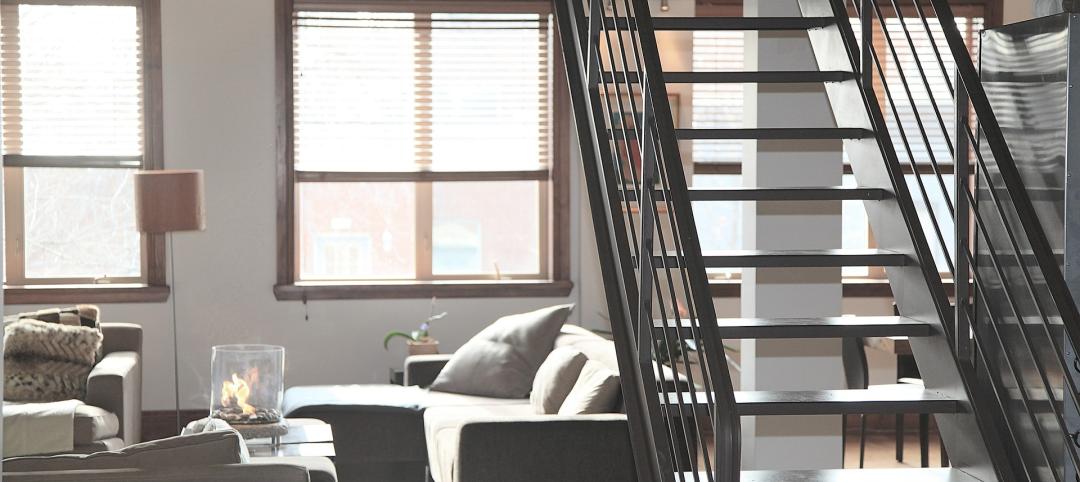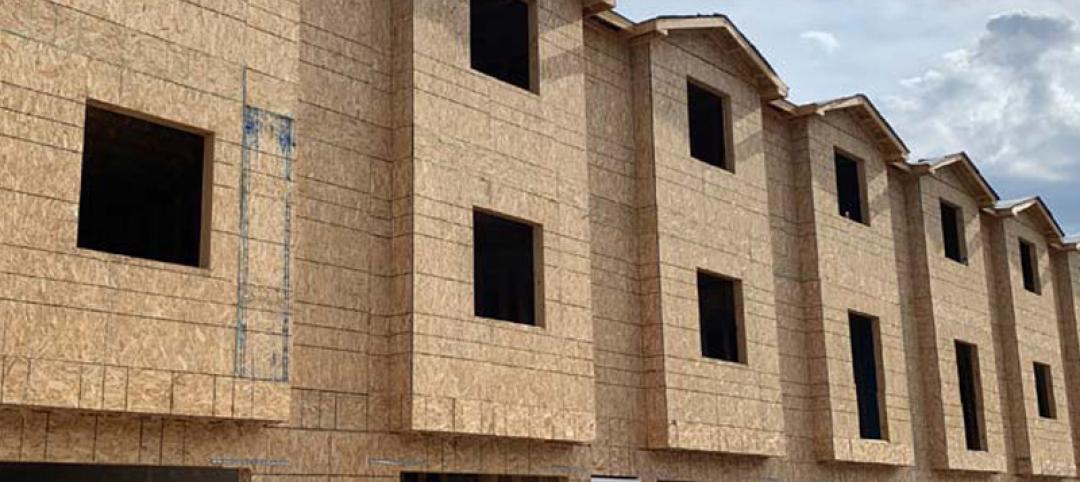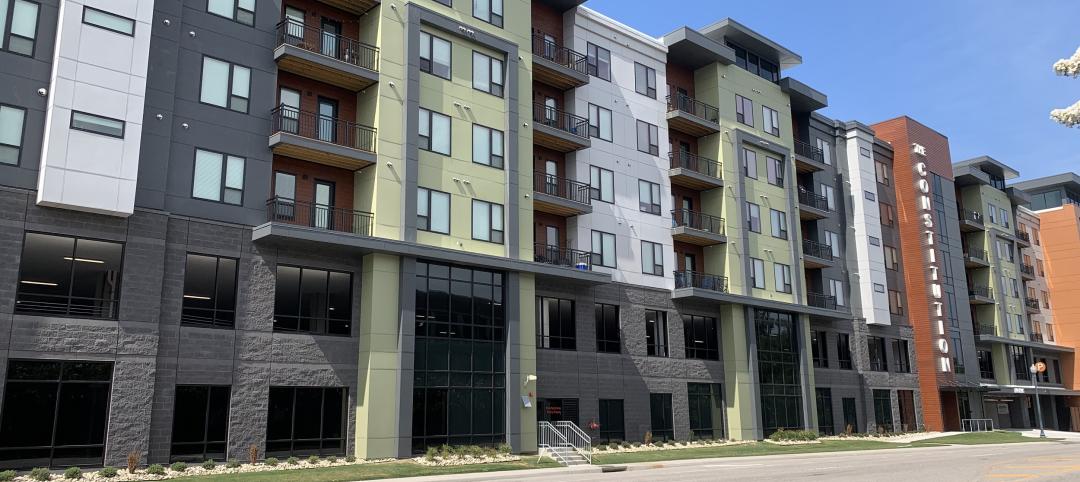The growth in demand for multifamily housing has been nothing short of astounding over the past several years. And that demand is expected to keep growing in line with shifting lifestyles throughout America.
But as the economy improves, will single-family homeownership once again regain its appeal, especially among younger, more mobile adults? And will pricing of luxury condos and apartments, which has been driving construction of late, reach a point of diminishing return sooner than later.
Byron Carlock, Jr., U.S. real estate practice leader for the consulting firm PwC, expects demand to remain steady, but to soften a bit for higher-priced products. In an interview with the National Real Estate Investor, Carlock, who is a member of the Urban Land Institute and a board member Emeritus at Harvard Business School, shares five predictions about where he thinks the multifamily sector is headed in 2015.
Here’s a look at those predictions, viewed within a larger context of related market factors.
1. Millennials will jump into the housing market, eventually. Student debt now exceeds $1.1 trillion. The Institute for College Access & Success released a report last November that found, in 2013, seven in 10 graduating seniors at public and private nonprofit colleges had student debt that averaged $28,400. Graduate school can tack on another $18,000 to $60,000 per year, depending on the specialty or discipline. So it’s not surprising that more than 31% of adults ages 18 through 34 were living with their parents in 2014, according to an analysis of Census data by the real estate website Trulia (www.trulia.com).
Carlock concedes these circumstances, along with a sluggish job market, have kept 29 million young adults from buying or renting a home. Nevertheless, he predicts, somewhat cautiously, that Millennials will move out and start their own households “over the coming years as the economy’s slow recovery continues.”
2. Affordability will continue to constrain household formation. Home prices keep rising. The median price for a new home increased in 2014 by 5.5% to $283,000. Last December, the median existing home price stood at $210,200, or 6.3% more than the same month a year earlier, according to Census Bureau and National Association of Realtor estimates. And for the fifth consecutive year, rents jumped in 2014, by 3.6% to an average monthly lease rate of $1,124.38, which represented the highest rate since Reis, the real estate research firm, started tracking rents in 1980. Vacancy rates, at 4.2% last year, were the lowest they’ve been since 2000.
Carlock foresees an ongoing shortage of affordable multifamily housing units, and he certainly isn’t alone in that assessment. The National Association of Home Builders recently predicted only a 1.7% increase in multifamily starts in 2015, and a 0.8% increase in 2016, in anticipation of the multifamily sector reaching its supply-demand equilibrium.
The vast majority of multifamily development and construction of late has been for rental apartments. And much of what’s being built targets affluent customers, many of them from outside the U.S. That leads to Carlock’s next prediction:
3. Foreign buyers can’t sustain the luxury market forever. The New York Times recently quoted Corcoran Sunshine Marketing Group, which estimates that twice as many new condominiums will be available in Manhattan—6,500 in 100 buildings—as there were in 2014, and the most since 2007. Half of those units will be in the middle luxury range, with prices between $1,700 and $2,300 per sf; about 500 new condos will be priced at $5,000 per sf or more.
In a recent column, CNBC’s real estate commentator Diane Olick points out that a 504-unit apartment building in Chicago that had sold for $328 million was renting apartment units for between $1,700 and $12,000 per month.
Carlock joins a host of market observers who say that selling price and rent appreciation at the luxury end of the multifamily spectrum is the result of wealthy foreign buyers who are making investments as much as purchasing living spaces. However, he cautions “questions are emerging as to the depth of that buying community.” Indeed, Bloomberg Businessweek reported in late January that luxury condos are sitting unsold much longer in New York, Chicago, and Los Angeles because a strengthening U.S. dollar is eroding foreigners’ purchasing power.
4. Multifamily will continue to offer lifestyle flexibility. It is well established that multifamily housing has two primary customer targets: Millennials and aging Baby Boomers, each with different preferences and needs. For Millennials, multifamily—especially smallish rental apartments—offers a way to live closer to their jobs in urban cores that is more financially feasible than owning a home (the downpayment for which they couldn’t afford, anyway). For older baby boomers, moving into multifamily housing is often part and parcel with downsizing after children move out of the nest, and seeking maintenance-free living.
The “walkability” factor unites these groups, as both like multifamily most when it’s near retail, restaurants, grocery, and entertainment. “Multifamily housing will continue to provide greater flexibility and mobility, and be deemed more convenient by those seeking to simply their lifestyle, downsize, or maintain locational flexibility due to job or family issues,” states Carlock. That comment blends naturally into another of his predictions:
5. Multifamily demand will continue to increase with urbanization trends. Eighty percent of the U.S. population now lives in urban areas. And Millennials currently live in urban areas at a higher rate than any other generation, according to Nielsen research. But it’s an open question as to whether urban living is simply expedient or a life-long preference for Millennials.
The Demand Institute recently polled 1,000 18- to 29-year-olds. Using their responses, the Institute extrapolates that this cohort would spend $1.6 trillion on home purchases and $600 billion on rent in the years 2014 through 2018. Over that period, many will marry and start families, which will be a key factor in where they decide to live. And 48% of those polled said their next home would be in the suburbs, and one-third expects to purchase a single-family home.
Related Stories
Student Housing | Dec 7, 2022
Cornell University builds massive student housing complex to accommodate planned enrollment growth
In Ithaca, N.Y., Cornell University has completed its North Campus Residential Expansion (NCRE) project. Designed by ikon.5 architects, the 776,000-sf project provides 1,200 beds for first-year students and 800 beds for sophomore students. The NCRE project aimed to accommodate the university’s planned growth in student enrollment while meeting its green infrastructure standards. Cornell University plans to achieve carbon neutrality by 2035.
Multifamily Housing | Dec 6, 2022
Austin's new 80-story multifamily tower will be the tallest building in Texas
Recently announced plans for Wilson Tower, a high-rise multifamily building in downtown Austin, Texas, indicate that it will be the state’s tallest building when completed. The 80-floor structure will rise 1,035 feet in height at 410 East 5th Street, close to the 6th Street Entertainment District, Austin Convention Center, and a new downtown light rail station.
Multifamily Housing | Dec 6, 2022
Miami-Dade County will allow accessory dwelling units
Commissioners in Miami-Dade County, Fla., recently voted to allow many single-family homeowners to rent out accessory dwelling units on their property. Many homeowners will be allowed to rent out garages, separate quarters, or detached backyard apartments if they meet certain standards including for lot size and parking.
Multifamily Housing | Dec 6, 2022
Support for multifamily rent control legislation grows as metros face big rent hikes
Steep rent increases during the pandemic recovery have spurred support for rent control legislation in several areas of the country.
Mixed-Use | Dec 6, 2022
Houston developer plans to convert Kevin Roche-designed ConocoPhillips HQ to mixed-use destination
Houston-based Midway, a real estate investment, development, and management firm, plans to redevelop the former ConocoPhillips corporate headquarters site into a mixed-use destination called Watermark District at Woodcreek.
Multifamily Housing | Nov 29, 2022
Number of office-to-apartment conversion projects has jumped since start of pandemic
As remote work rose and demand for office space declined since the start of the Covid-19 pandemic, developers have found converting some offices to residential use to be an attractive option. Apartment conversions rose 25% in the two years since the start of the pandemic, with 28,000 new units converted from other property types, according to a report from RentCafe.
Multifamily Housing | Nov 22, 2022
10 compelling multifamily developments debut in 2022
A smart home tech-focused apartment complex in North Phoenix, Ariz., and a factory conversion to lofts in St. Louis highlight the notable multifamily developments to debut recently.
Sponsored | Multifamily Housing | Nov 16, 2022
Commercial Framer Training: Back to Basics for Big Buildings
A glimpse into the most common wood construction framing errors, and how to avoid them, in today’s nonresidential construction industry.
Legislation | Nov 13, 2022
U.S. voters pass numerous affordable housing measures
Voters in many U.S. jurisdictions passed housing measures Nov. 8 that will collectively set aside billions of dollars in new funding to create more affordable housing and provide protections for renters.

















